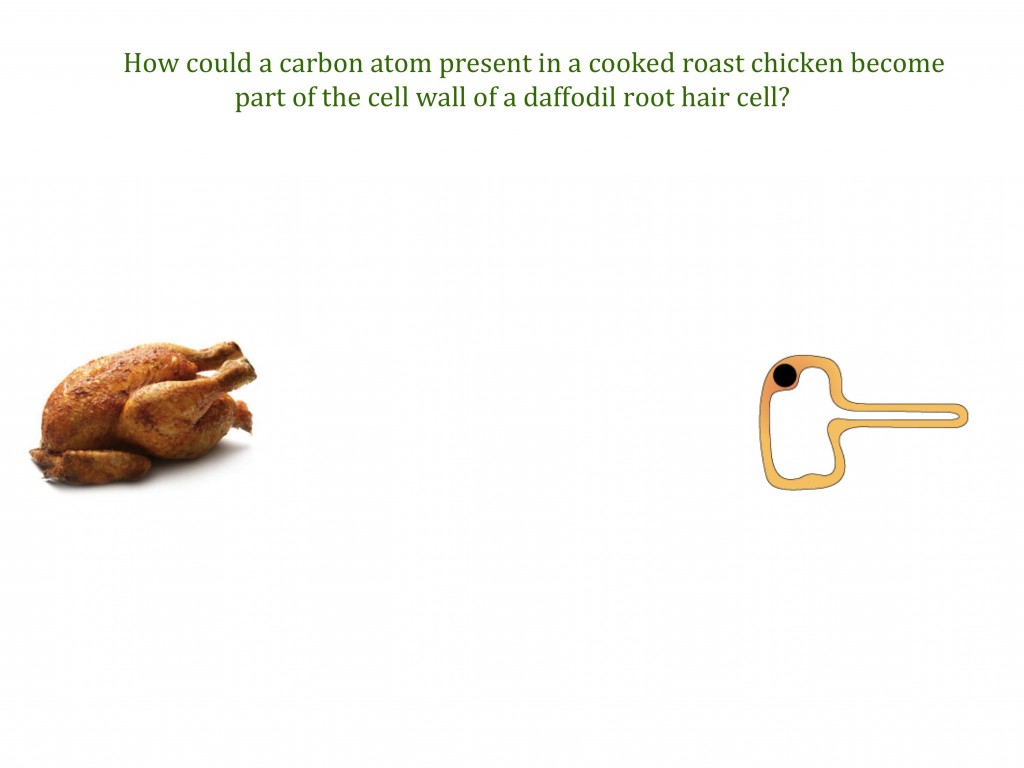Carbon cycle teaching resources
Worksheets and lesson ideas to challenge students aged 11 to 16 to think hard about the carbon cycle (GCSE and Key Stage 3)
Overview: the carbon cycle is a great topic to teach as it links together many areas of science e.g. combustion, respiration, decomposition and photosynthesis. Take time to help students understand that cell structures are made from atoms including carbon. Students may be able to label a cell membrane and tell you that it is made from lipid, but fail to realise that lipids are made from carbon, hydrogen and oxygen atoms.
Key concept: carbon atoms continuously recycle through the living and non-living parts of an ecosystem as a consequence of key processes such as combustion, respiration, decomposition and photosynthesis.
From big idea: organisms require a supply of energy and materials for which they often depend on, or compete with, other organisms
Linked knowledge: photosynthesis, combustion, respiration , elements
Misconception [scientific idea]: carbon dioxide causes ozone depletion [carbon dioxide is a green house gas – it does not damage the ozone layer]; carbon in the soil is taken in by the roots of plants and exhaled back into
the atmosphere by animals [carbon is taken in by photosynthesis and released by respiration];
Teaching resources
Where to start?
The dehydration of sucrose is a good demonstration to help students appreciate that plant sugars are made from carbon atoms. This can lead on to a discussion about where the carbon atoms came from – i.e. the air. How did the carbon atoms get into the plant? Through photosynthesis.
Carbon cycle and heather burning
GCSE worksheet on heather burning and the carbon cycle. In this activity we explore the carbon cycle through the context of heather burning in the Scottish highlands. It’s a simple context that I hope will give students a more concrete understanding of this abstract process. Students should already have been introduced to combustion, respiration and photosynthesis before they apply this knowledge to understanding the carbon cycle.
The carbon cycle – making connections
GCSE activity on the carbon cycle. Students are challenged to draw a flow chart to show how atoms of carbon are cycled around an ecosystem, from a roast chicken to a root hair cell. The activity is designed to tackle the misconception that plants obtain carbon from the soil. This activity can be easily adapted for the nitrogen cycle. (PDF)
Thinking deeper
- Have the number of carbon atoms on Earth increased, decreased or stayed the same over the past 4.5 billion years?
- What effect would a wildfire have on the carbon cycle of an ecosystem?
- Explain the role of microorganisms in
cycling materials through an ecosystem.
